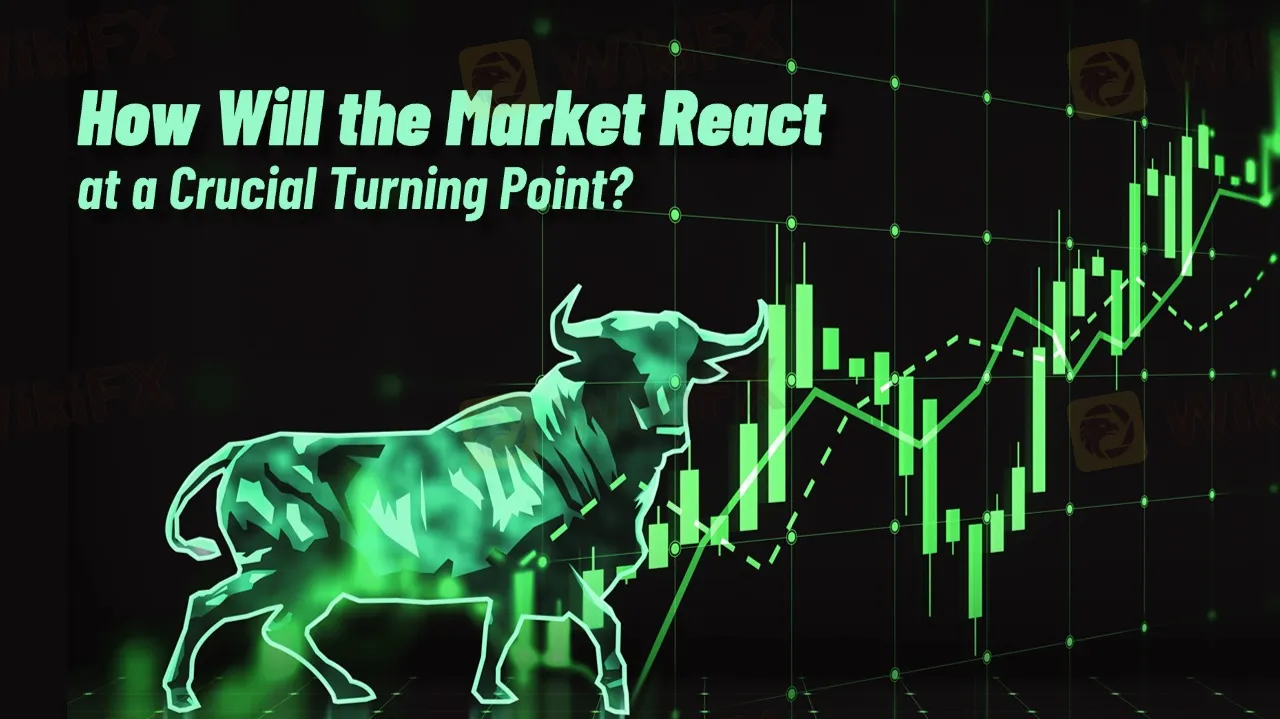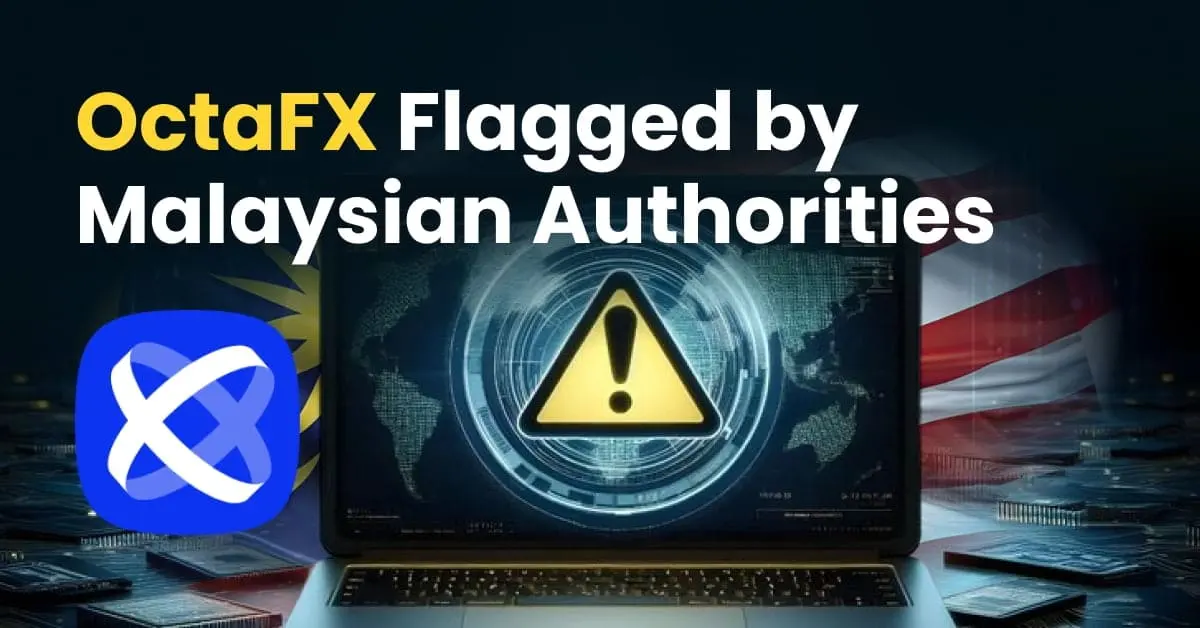简体中文
繁體中文
English
Pусский
日本語
ภาษาไทย
Tiếng Việt
Bahasa Indonesia
Español
हिन्दी
Filippiiniläinen
Français
Deutsch
Português
Türkçe
한국어
العربية
How Will the Market React at a Crucial Turning Point?
Abstract:Safe-haven assets like gold and U.S. Treasuries are surging, while equities face mounting pressure. As this pivotal moment approaches, how will the market react?

Global markets are on edge as investors await the upcoming tariff policy announcement. This decision could reshape trade dynamics and trigger short-term volatility.
The U.S. government is considering a broad tariff hike, with a final decision expected on April 2. This uncertainty has fueled risk aversion, driving gold prices past $3,100 to a new record high.
Silver and copper also saw strong gains, while European stocks tumbled. In the U.S., the three major stock indices initially suffered heavy losses, with the S&P 500 hitting its lowest level since last September, particularly impacting tech stocks.
However, a better-than-expected Chicago PMI report later helped the market recover slightly.
Meanwhile, energy markets reacted sharply to trade tensions. Crude oil prices soared over 3% on Monday, reaching a three-week high. Capital flows show a clear preference for safe-haven assets, as investors turn to gold, the Japanese yen, and U.S. Treasuries amid growing uncertainty.
Where Is the Market Headed?
With policy decisions imminent, short-term market fluctuations are likely to persist. Safe-haven assets such as gold may continue their upward momentum, while equities remain vulnerable to uncertainty.
Additionally, recent hawkish statements from Federal Reserve officials highlight persistent inflation risks, suggesting that rate cuts may not come as soon as expected. This could reshape market expectations and impact capital flows.
Overall, the market is facing a critical test. Investors should closely monitor policy developments, economic data, and shifting market sentiment to adjust their strategies accordingly. Navigating this period with a clear understanding of trends and a rational approach will be key to weathering market volatility.

Disclaimer:
The views in this article only represent the author's personal views, and do not constitute investment advice on this platform. This platform does not guarantee the accuracy, completeness and timeliness of the information in the article, and will not be liable for any loss caused by the use of or reliance on the information in the article.
Read more

OctaFX Flagged by Malaysian Authorities
OctaFX has been officially listed on warning lists by both Bank Negara Malaysia (BNM) and the Securities Commission Malaysia (SC). These alerts raise serious concerns about the broker’s status and whether it is legally allowed to operate in Malaysia.

TradingPRO: A Closer Look at Its Licences
In an industry where safety and transparency are essential, the regulatory status of online brokers has never been more important. For traders seeking to protect their capital, ensuring that a platform operates under recognised and stringent oversight can make all the difference. Keep reading to learn more about TradingPRO and its licenses.

Oil Price Breakout Incoming? Investors Should Stay Alert
Oil prices are hovering around a critical level, with potential yet to be fully unleashed. Investors must prepare for sudden changes.

New SEBI Regulations on Intraday Trading
The Securities and Exchange Board of India (SEBI) has implemented revised regulations on Intraday trading, with effect from November 20, 2024. These regulations are meant to lessen risks and prevent speculative trading practices.
WikiFX Broker
Latest News
How much money will you earn by investing in Vantage Broker?
IronFX vs Exness Review 2025: Comprehensive Broker Comparison
Fraudsters Are Targeting Interactive Brokers' Users with Lookalike Emails
Interactive Brokers: Global Office Visits and Licensing Details
Top Tips to Choose the Best Forex Broker in 2025
SEBI Notifies New F&O Rules for Investors - New Derivative Trading Limits & More Amendments
U.S. Jobs Data Released: A Potential Boost for Gold Prices
SkyLine Guide 2025 Malaysia: 100 Esteemed Judges Successfully Assembled
Everything you need to know about ADSS
Vantage Markets Review 2025: Trusted Forex and CFD Trading Since 2009
Currency Calculator


